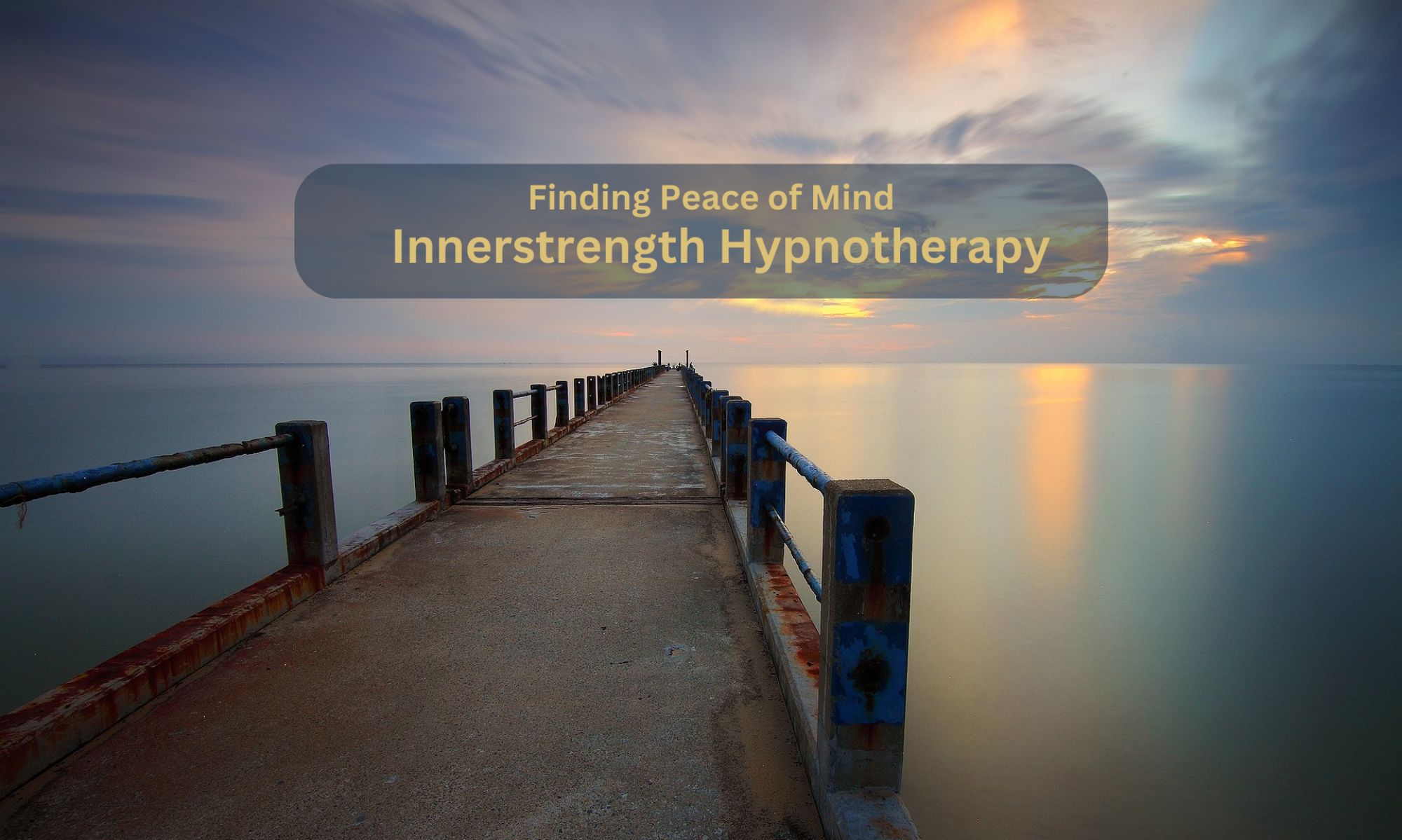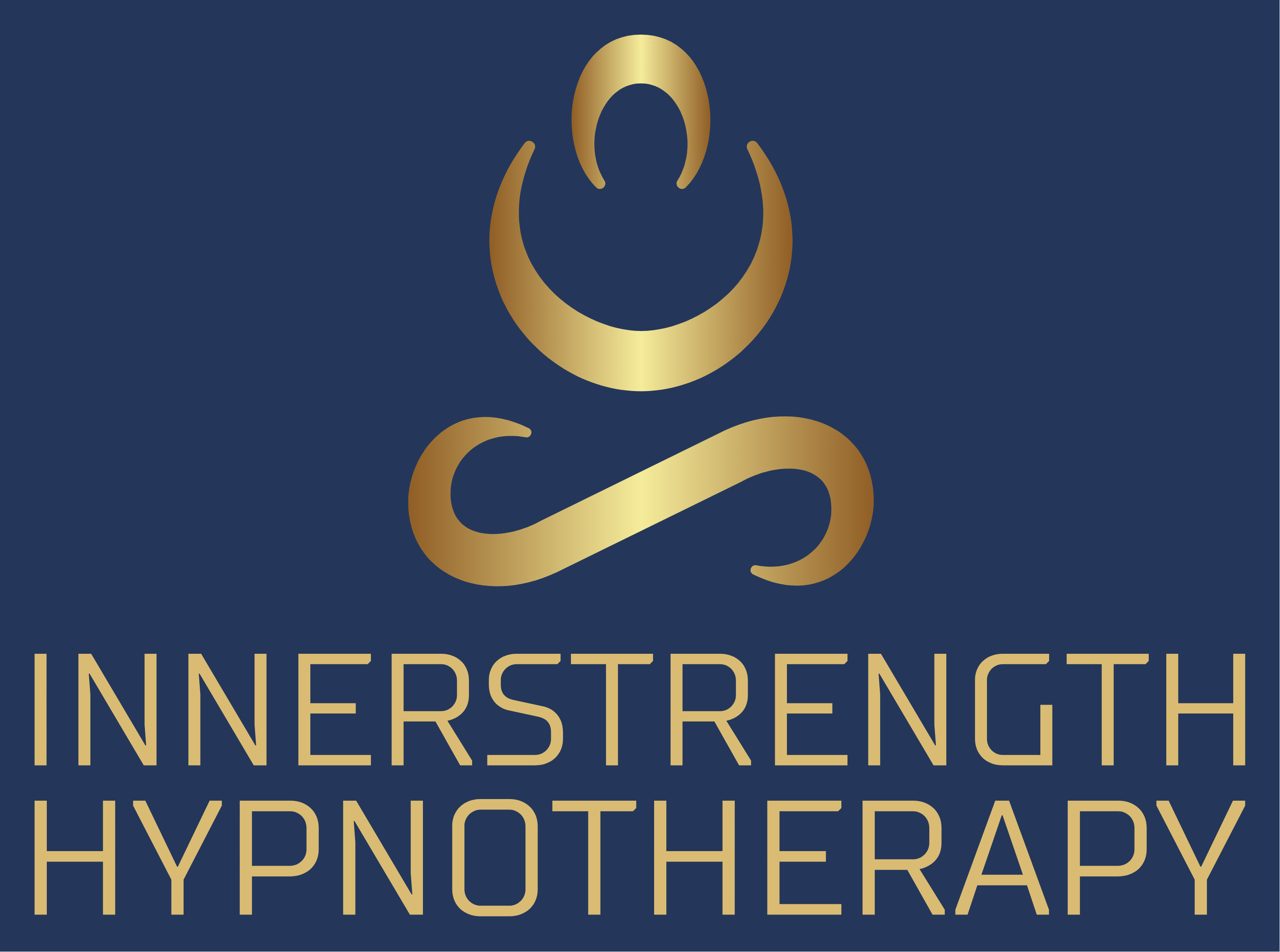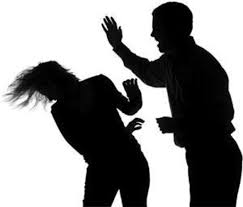How To Recognising An Abusive Relationships
Anyone can be an abusers
Abusers do not necessarily seem domineering or aggressive at first. They can often be very attractive and charming when first met. Abusers can appear in all forms, from professional men and woman such as doctors, lawyers, to mechanics or labourers. They are not restricted to culture, profession, religion, age, class or social status or even sexuality. Surveys have shown that the majority of abusers are men, but female abusers do exist.
Why people become abusers
Abusers often grew up in violent families and where abused as children.
Abuse is an attempt to establish domination and control over a victim. The domination and control is aimed to breakdown the victim’s sense of self-worth and self-confidence. Abuse is violence, and violence is a learned trait, but it can be treated if the abuser wants to change.
Characteristic of a typical abuser
Abusers share common characteristics in that they can initially appear charming and overly attentive in the relationship. Very soon into the relationship the abusers true colours begin to show.
Typical early warning signs of an abusers:
- Low level of patience
- Lack of empathy for others
- Low level of tolerance for mistakes
- Perfection is expected, leading to impossible standards
- Quick to anger over trivial matters
- Their behaviour and responses are inconsistent (very confusing for the victim)
- Need to take charge of all situations
- Need to make all the decision for both parties
- They blame circumstances, life and their victims for their behaviour
- Their emotions are very intense and exhibit lack emotional control
- They often appear overly protective and concerned for the welfare of their partner without any real cause, this creates a feeling of be unsafe and insecure in the world for the victim
- They are jealous and demand excessive amounts of time with the victim
- They are extremely demanding emotionally
- They lie habitually and avoid conversations that may expose their past.
Recognizing Signs of Abuse
Physical Abuse
Physical abuse can take many forms, including hitting, pulling hair, slapping, breaking bones, burning, twisting arms, throwing victims against walls and throwing objects or weapons.
It also includes destroying property and denying human needs such as nutrition or medical help. For many, there is the constant threat of death or serious injury because of the seriousness of the physical attacks.
Verbal /Emotional Abuse
Verbal/ Emotional abuse includes put-downs, or derogatory remarks about the victims lack of attractiveness, incompetence or inability to cope on her/his own. This constant humiliation can destroy a persons belief in themselves until they eventually feel worthless and this it all their own fault.
Examples of Verbal Abuse are:
- Name calling
- Yelling
- Insulting the person
- Threatening the person or threatening to take away something that is important to them
- Imitating or mocking the person
- Swearing at them
- Ignoring/Withdrawing from victim
- Isolating the person
- Excluding them from meaningful events or activities
Psychological Abuse
Psychological abuse is closely related to verbal abuse. It leaves the victim with no self-confidence or self-esteem and with the belief that they are stupid or useless. This abuse accumulates over a lengthy period of time and the damaging consequences are longer lasting than the physical ones.
- Look at you trying to concentrate!
- Your lucky I’m smart enough to think for both of us
- You never understand, if you listened properly I would have to get so mad
- I am having a good day and then I have to come home to your sour face
- Its your fault I have to get so angry
- I only get mad at you because I want you to become a better person
- Its because I love you so much, that’s why it irritates me so when you don’t get things right
- If I didn’t care I wouldn’t want you to do things properly
- If you lost all that weight maybe I would want to take you out and show you off
- If you didn’t stuff everything up all the time, I wouldn’t have to yell at you
- Come on, you know without me your nothing
- Do you think its easy for me to love you ?
- Look at you, your an embarrassment
- I am the only one stupid enough to put up with you
- I am your only friend
- Let me do the talking, you can never explain anything properly
- Gee I would love to knock some sense into you right now
Social Abuse
Social abuse occurs in the front of other people in the form of jokes or put downs or criticisms. With the introduction to social media, social abuse has no bounds, allowing the bullying to spread into all areas of the victims life.
Social abuse can also involve preventing a person from having social contact with friends or family or access to social activities, some examples are:
- Moving the person far away, or cutting the person off from the support of friends or family members
- Regulating visitors or making visitors feel so uncomfortable that they wont want to visit
- Not allowing the person to use the telephone or monitoring his/her calls & txt messages
- Checking up on victims social media and private emails
- Not allowing the person to socialise
- Claiming that the person’s friends or family are “interfering”
Over time the social isolation and ridicule in public ensures the victim becomes more dependent on the abuser. Self worth and self esteem continues to plummet and all the while the abuser is taking more and more control over their victim and their victims life.
How to recognize abuse
Some forms of abuse are so subtle, they can easily be denied at first. Many victims in the beginning of the relationship do not recognize abuse for what it is. Often the victim only knows that they don’t like the way their partner treats them.
Over time the victim of the abuse becomes afraid of and dependent on their abuser because of their behaviors, manipulation and need for control.
Abuse in a relationship can occur at any time. If it happens daily, week or monthly or annually the number of incidences does not make the experiences less traumatic or damaging and certainly does not make it more acceptable.
Common Abuse Cycle:
Abuse – The abuser lashes out with aggressive, belittling, or violent behaviour. The abuser is playing the power game designed to show you “who is boss.”
Attentive/False Promises – After the abuse, the abuser expresses some remorse, but not over what they have done. The concern is more for the possibility of being caught and facing consequences for the abusive behaviour, or that their victim will leave them. Abusers may show some level of kindness, they often apologize and make promises of no further abuse, thus confusing the victim and leading them into a false sense of hope.
Excuses – The abuser then begins to rationalize their behaviour. They may come up with a list of excuses for what has happened and their behaviour. More often they blame the victim themselves for causing the abuse. They never take responsibility for their own actions.
Victim Forgives – In the early stages of an abusive relationship the victims have difficulty coming to terms with the abuse, because after the abuse the abuser often moves quickly back into the attentive stage. Abusers are fantastic manipulators and can easily move into the role of the victim themselves, blaming others and circumstances for their own behaviour and actions. This often makes the victim feel guilty for wanting to leave, and make the victim feel a sense of responsible for helping the abuser to change.
After the abuse cycle has continued over time the victim begins to feel as if they have caused the behaviour, or that they can prevent it from happening if they do what is asked.
Unfortunately the danger is always real, as long as the victim stays in the relationship they will be exposed to attacks. Over time the self esteem of the victim drops so low they begin to believe that they are the cause of the abuse. They tell themselves “If only the had cleaned up the mess”. “If only they had lost the weight”. “If only they had listened more clearly to the instructions it wouldn’t have happened”.
Normal/Honeymoon phase – The abuser does everything they can to regain control and keep the victim in the relationship. In this stage there is often denial. The Abuser will often blame the victim for initiating the abuse as well as denying and minimizing the damage. They may act as if nothing has happened at all , or may just turn on the charm, whatever it takes to get back in control. This peaceful honeymoon phase may last for a longish period, giving the victim hope that the abuser has really changed this time.
Fantasy and planning – Once in control the abuser begins to fantasize about abusing the victim again. They spend a lot of time thinking about what the victim is doing wrong and how you will pay for it. Then they makes a plan for turning the fantasy of abuse into reality. During the fantasy and planning stage the victim can feel the tension in the relationship increasing and with in this build-up stage the victims will try and stay out of the way to prevent an attack. Unfortunately there is no way to escape from the next attack.
Set-up – The abuser then sets up a situation to put the plan in action, creating a situation that they can use to justify the abuse. The abuser will explode at the peak of this cycle using words or physical violence when they are ready.
Abuse Cycle continues – Then the abuse cycle continues, normally escalating as the abusers gains more control and power grows and the victims self-worth diminishes. Old habits and patterns will always resurface in abusive relationships unless changes are made. Life may go on as it did before, but the explosion is imminent and the next incident may be worse than the last.
Do you need help to get out ?
When enough is enough – If you recognise this pattern within your own relationship, there is hope. When you realise that it is not your fault and that nobody reserves to be treated this way, change is possible. When you are ready to escape from this nightmare there is help available. I have given numbers below for you to contact to help you to remove yourself from this situation. Many victims have escape the nightmare and you can too.
If you or someone you know is in an abusive relationship help is available in Victoria
- Domestic Violence & incest resource centre – 03 9387 9155
- Victorian Woman’s Domestic Violence Crisis Services – 1800 015 188
- Life line 131 114
After the Abuse has ended
Healing from the abuse
The abuser can still control the victim long after the relationship has ended. If you have been involved in an abusive relationship and are still experiencing the trauma from the experience I can help.
My specialized treatment for overcoming trauma will help you build your self esteem. I will assist you to break the patterns that allowed you to accept the abuse in the beginning, so that you will never allow yourself to accept this behaviour again.
The counselling, tools & techniques I will share with you will are designed to help you to find your own self love and respect, setting you on your path for a better future.
If you or anyone you know need my assistance please contact me on 0424 300 678, or make a booking on line for your convenience. I look forward to hearing from you.









